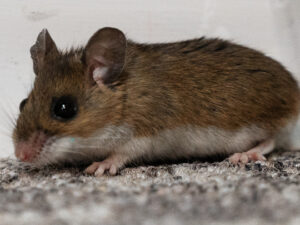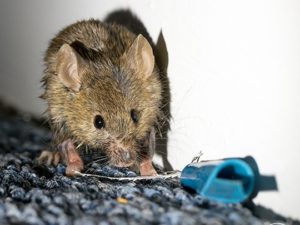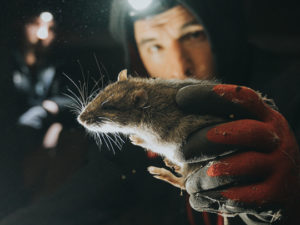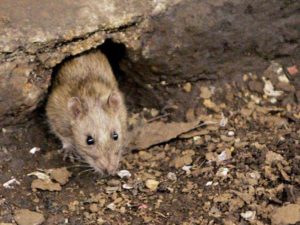
The three primary rodent pest species of homes and buildings in the United States include Rattus rattus, Rattus norvegicus, and Mus musculus, and they are more commonly known as roof rats, Norway rats, and house mice, respectively. Although several more rodent pests are known to invade and infest structures, the three listed above are the only ones that derive adaptive benefits from living in close association with humans. Of these three rodent pests, house mice are most dependent on human habitats for their survival, so it is no surprise that they are the most commonly controlled rodent pests in all areas of the country.
Roof and Norway rats are also highly synanthropic, but due to intense competition between closely related species, the two do not coexist within the same habitats. In most urban areas, Norway rats outcompete roof rats, making the former the more commonly encountered indoor pest. While the Norway rat is the dominant rat pest species in urban areas of New York state, it is not uncommon for residents to experience issues with roof rats on their property. It is often said that urban-dwelling Norway rats can grow to an unnaturally large size due to their access to endless amounts of food in the form of restaurant waste. In fact, many people purport to have encountered rats as large as cats, but since Norway rats rarely exceed 10 inches in body length, such claims seem dubious.
Surprisingly, there exists many documented instances of biologists and other professionals encountering Norway rats as large as 19 inches in length, but this is certainly not the norm among urban rats. The vast majority of Norway rats are between 6 and 11 inches in length, but occasional mutations give rise to rat specimens that are extraordinarily large. Also, Norway rats that are well fed from birth and have an abundance of food at their disposal are likely to grow well beyond the average size of the species. However, no amount of nutritious food consumption will cause a rat to grow to twice the size of normal rats.
It is actually disadvantageous for rats to grow to unnaturally large sizes, as rats of normal size are able to hide within small spaces and narrow crevices within structures where their predators are unable to reach them. This makes extremely large rats vulnerable and unlikely to survive within their favored indoor habitat. When Norway rats encounter a threat, they display an intimidating pose that sees their hairs stand on end. This gives humans who have encountered frightened rats the impression that the rodent pests were much larger in size than they actually were. This likely explains why indoor sightings of exceptionally large rats are commonly reported.
Have you ever stumbled upon a rat that responded to your presence with a defensive pose?













